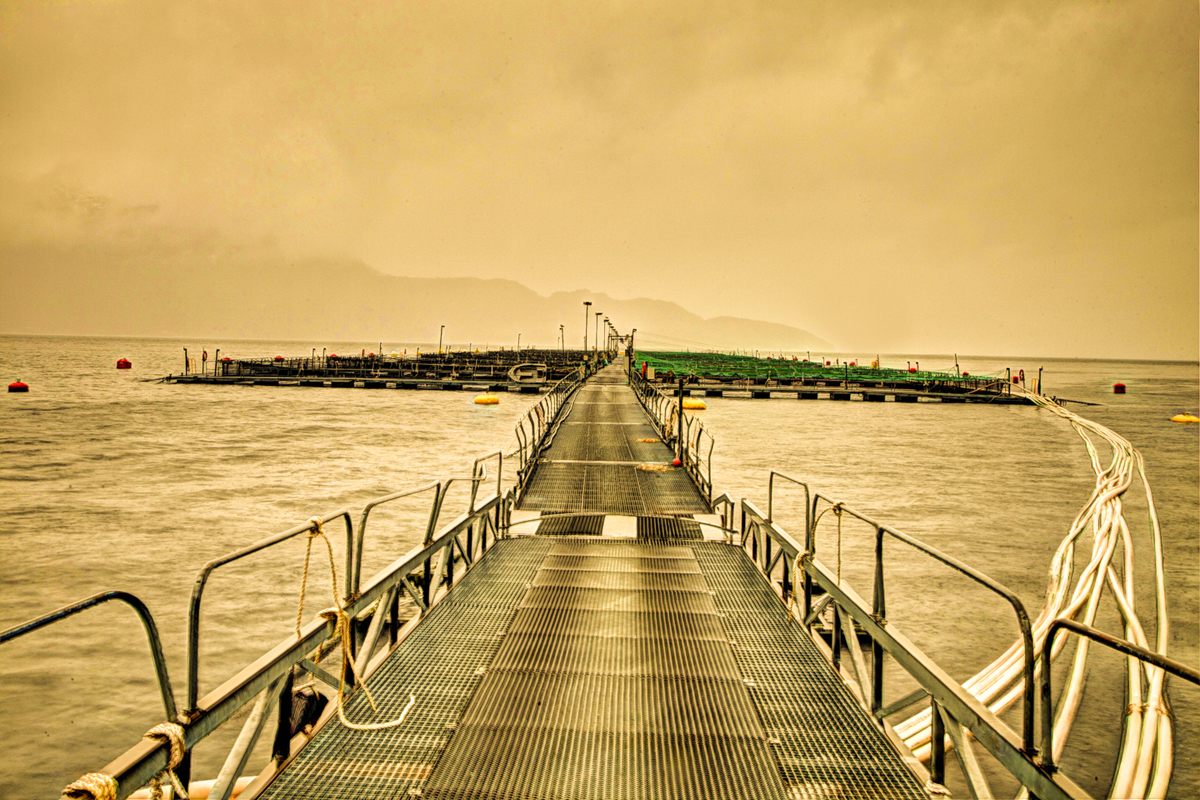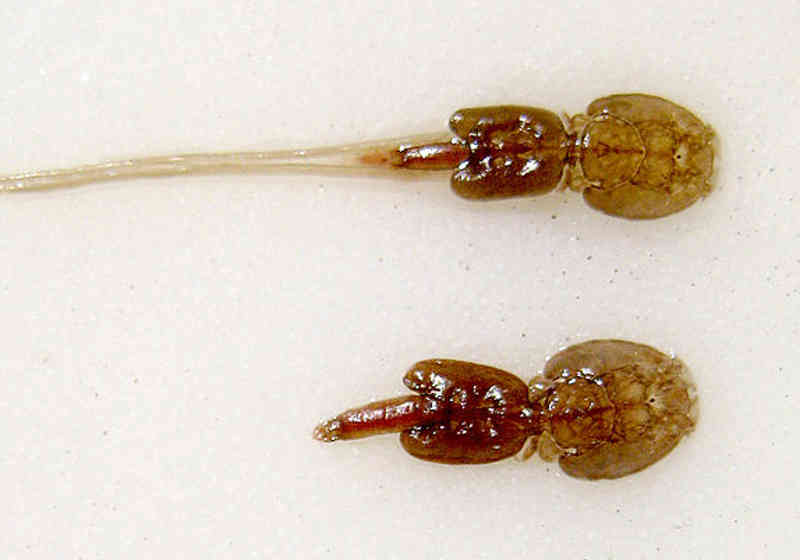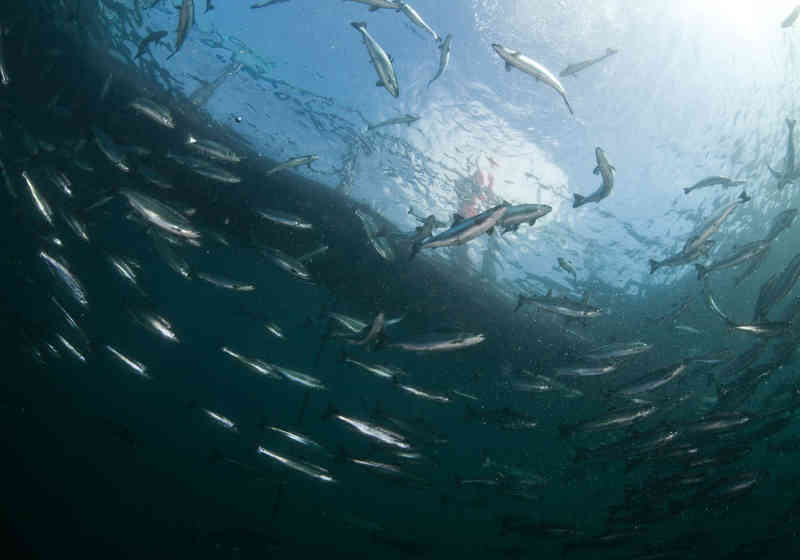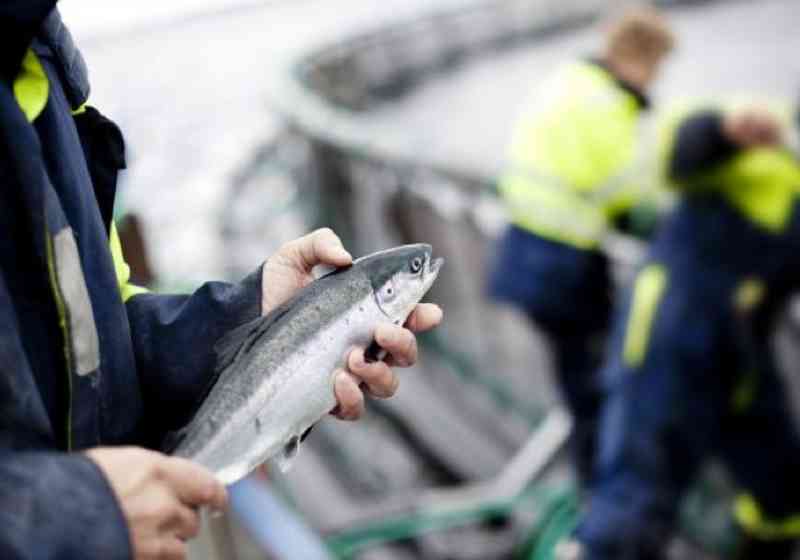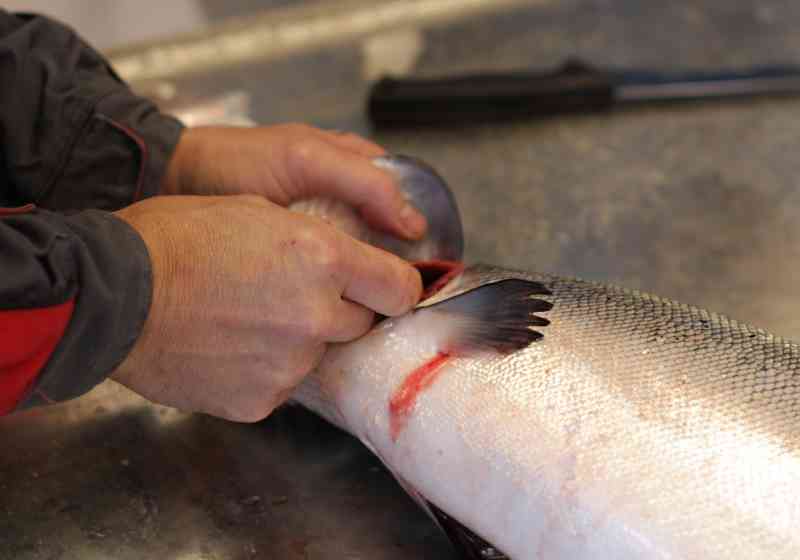The two most serious conditions – which spark official countermeasures – are pancreas disease (PD) and infectious salmon anaemia (ISA).
Government action against these diseases seeks to halt outbreaks and to prevent the infection spreading to other fish farms.
It is important to remember that both PD and ISA are confined to fish and present no risk to humans or other warm-blooded animals.
PD
This infectious viral disease causes chronic damage to the pancreas in farmed fish, who cease to eat. Mortality rates can be high.
The condition results in poor growth for the infected stock and financial loss for the fish farmer. Norway experiences 100-140 outbreaks a year.
PD cannot be treated with medication. Although approved vaccines exist, the efficacy of vaccination is variable.
This disease is caused in Norway by two variants of the virus – SAV3 and SAV2. Widespread in southern areas, the first of these is the more serious. SAV2 is found in mid-Norway.
South of Hustadvika near Molde, preventive measures are used to halt the spread of PD, reduce outbreaks and limit losses related to such incidents.
From Nord-Trøndelag county northwards, PD is actively combated through immediate slaughtering if infection or disease are identified.
ISA
This is another serious and infectious viral disease of fish. Although related to the influenza virus, the causal agent does not infect warm-blooded animals such as humans.
The virus damages blood cells and blood vessel tissue, and can cause serious anaemia. Outbreaks may result in mortality rate of up to 90 per cent. The disease almost destroyed aquaculture of salmon in Chile.
Norway has experienced roughly 10 outbreaks per annum in recent years, but a total of 15 were recorded in 2015.
All fish in the farm must be slaughtered if ISA is identified. The equipment must be cleaned and the plant quarantined for three months before it can be restocked.
In addition, a preventive and observation zone is established around the fish farm which limits transport, imposes sickness monitoring and makes sampling mandatory.
